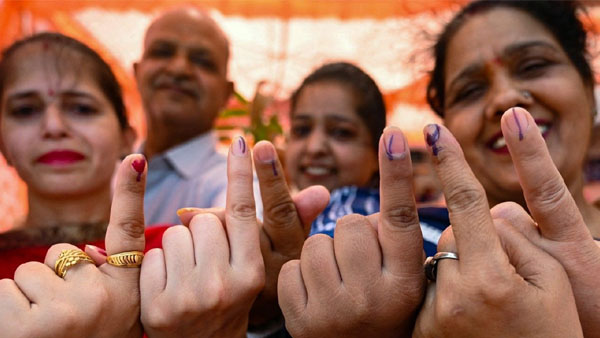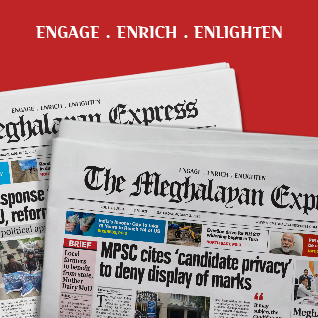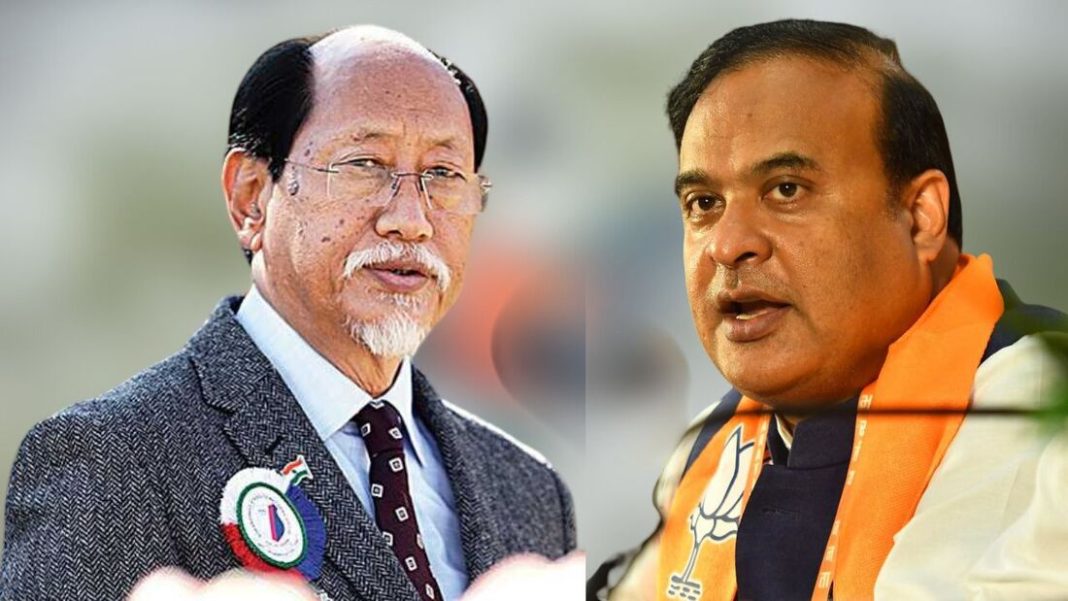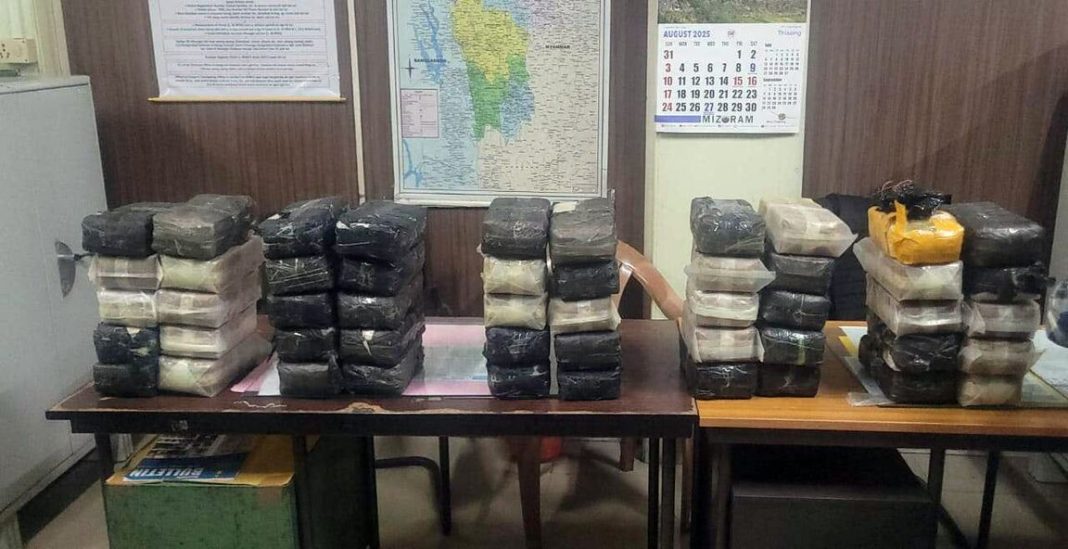By Dipak Kurmi
On Independence Day 2025, Prime Minister Narendra Modi presented India with a transformative proposal: the idea of “One Nation, One Election” (ONOE). This suggestion, currently under scrutiny by a Joint Parliamentary Committee, has sparked debates about the future of India’s electoral system. Modi’s pitch aims to streamline India’s electoral processes, reduce costs, and ease the administrative burden caused by frequent elections. The underlying objective of ONOE is to consolidate elections at the national and state levels, thereby ensuring that elections are conducted in unison, reducing the frequency and associated disruptions. However, as discussions unfold, critics argue that while ONOE promises efficiency, it could compromise the essence of India’s federal system, potentially amplifying central power at the expense of regional representation.
A Historical Overview of India’s Electoral System
India’s electoral history has evolved significantly since the country gained independence in 1947. Between 1951 and 1967, elections to the Lok Sabha (the national parliament) and state assemblies were synchronized, aligning them on a five-year cycle. However, with the collapse of several state governments and the dissolution of assemblies from the late 1960s onwards, the synchronization began to crack. By the 2010s, India saw multiple state elections between national elections, each requiring significant administrative mobilization. These frequent elections have led to periodic disruptions, as the Model Code of Conduct (MCC) takes effect, freezing government announcements, reassigning officials, and diverting resources to election management.
The ONOE proposal aims to restore synchronization by amending the Constitution. The plan calls for aligning state and national elections into a unified cycle, which would only require a return to the voters in the event of a mid-term collapse of a state government, to fill the remainder of the term. Such a measure, proponents argue, could reduce the frequency of elections, lowering the costs and administrative strain caused by the current staggered electoral system.
The International Experience with Synchronizing Elections
The ONOE proposal draws on examples from several countries, which have adopted synchronized or fixed-term elections. These case studies—ranging from South Africa and Sweden to Belgium and Germany—offer both inspiration and cautionary lessons for India.
In South Africa, the president is elected not directly by the people, but by members of the national assembly. Since 1994, the African National Congress (ANC) has dominated the country’s elections, but in recent years, it has found itself in a coalition government after failing to secure a majority. This shift reflects the dynamic nature of South Africa’s politics, where a balance of power between the national and regional governments exists. The situation in South Africa provides an intriguing point of comparison to India, particularly as the ANC faces new challenges in maintaining its dominance.
Sweden’s experience highlights the complexity of managing simultaneous elections. Sweden, a unitary state, allows for early elections, which are held to complete the term of a dissolved government. This flexibility, however, comes with added costs in terms of repeated elections, a situation that India would seek to avoid with ONOE. Meanwhile, countries like Belgium and Germany, both federal systems, demonstrate the difficulties that can arise from simultaneous elections. In Belgium, simultaneous elections often result in hung assemblies, which can take months to resolve, as parties struggle to form coalitions. Germany’s experience with fixed terms and the requirement for a vote of no confidence provides a more stable model, though its own challenges with coalition-building underline the difficulties of maintaining political stability during synchronized elections.
Canada and Australia, while also federal systems, have adopted fixed dates for elections, with some provinces holding elections on different timetables. These countries demonstrate the potential for fixed-date systems to balance electoral efficiency with the maintenance of regional autonomy. However, the challenge remains to ensure that such systems do not stifle local voices or lead to the dominance of national politics.
The Promises and Potential Pitfalls of ONOE
Proponents of ONOE argue that the reform will result in significant administrative efficiencies. India’s 2019 general election mobilized millions of personnel and over a million polling stations. By aligning national and state elections, ONOE would streamline election logistics, reducing the recurring costs associated with holding elections every few months. These savings could free up resources to be spent on governance rather than elections, allowing for more focused policy implementation.
Another significant promise of ONOE is governance continuity. Under the current system, the MCC freezes government activity for several months every time an election is held, disrupting ongoing governance. By aligning elections into a single window, ONOE proponents argue that governments would have longer, uninterrupted periods in which to execute their policies and programs. This predictability could lead to smoother implementation of development projects, infrastructure growth, and economic reforms.
Voter engagement is another area where ONOE could make a positive impact. Evidence suggests that simultaneous elections can lead to higher voter turnout, as people feel more motivated to participate in a “single big day” of voting rather than dealing with the fatigue of frequent elections. Moreover, ONOE could create a sense of political festival, where voters see their participation as a part of a larger national movement, rather than a series of isolated events. This could also encourage the rise of local political leaders, as national leaders will have less time to dominate the electoral narrative.
The Constitutional and Democratic Challenges of ONOE
Despite its promises, ONOE introduces several constitutional and democratic concerns that must be carefully addressed. The biggest challenge is the potential for short tenures. The one-time realignment required to synchronize state elections with the national elections would likely result in some state assemblies having their terms cut short. Such truncated tenures could lead to less effective governance, as parties and politicians may be incentivized to focus on short-term gains rather than long-term policy initiatives. Moreover, shorter tenures could distort political incentives, leading to rushed decision-making and weakened accountability.
The issue of postponement powers is another concern. The ONOE bill proposes giving the Election Commission of India (ECI) the authority to recommend deferring elections in cases where a state election cannot be held as part of the synchronized cycle. This power could lead to delays in holding elections, leaving states without elected governments for extended periods. This raises the specter of democratic deficits, where the will of the people is delayed or ignored, potentially eroding public trust in the electoral system.
Federalism is at the heart of India’s political structure, and any move toward synchronization must preserve the autonomy of state governments. Critics argue that ONOE could diminish the importance of state-level politics, making regional issues and identities subservient to national concerns. A single electoral cycle risks nationalizing state politics, leading to the dominance of central government parties and sidelining regional parties, which may have a more nuanced understanding of local issues.
The Political Implications and Debate
The debate over ONOE has significant political ramifications. While the central government sees the reform as a way to streamline governance and reduce election-related disruptions, several regional parties have raised concerns about the centralization of power that such a system could engender. A nationalized election could increase the influence of national parties at the expense of regional ones, with local concerns often overshadowed by the larger national narrative.
ONOE also raises questions about the autonomy of the Election Commission of India (ECI). Any changes to the electoral system would require significant oversight to prevent manipulation or bias. The credibility of the ECI and its ability to conduct fair elections would need to be protected, ensuring that the new system does not inadvertently concentrate power in the hands of a few political elites.
The Road Ahead for ONOE
The debate on ONOE is not just about the logistics of elections; it’s about the kind of democracy India wants to build as it enters its 80th year of independence. ONOE promises to create a more efficient electoral system, reducing costs and administrative burden. However, it also poses significant risks to India’s federalism, the autonomy of regional parties, and the diverse political landscape that has defined Indian democracy.
As India contemplates this reform, it must carefully balance the need for efficiency with the preservation of its democratic ethos. The ONOE proposal is a reminder that democracy is not just about the speed of governance; it’s about ensuring that all voices are heard and that the people, not the political elites, remain at the center of the decision-making process. Whether ONOE succeeds or fails will ultimately depend on how India navigates the trade-offs between speed and spread, efficiency and inclusivity, in the pursuit of a truly democratic future.
(the writer can be reached at dipakkurmiglpltd@gmail.com)




